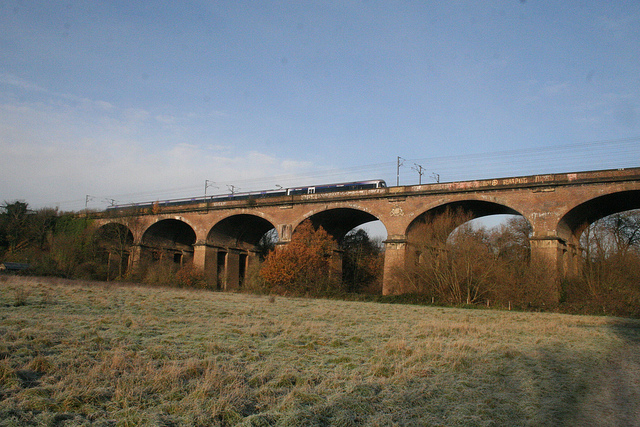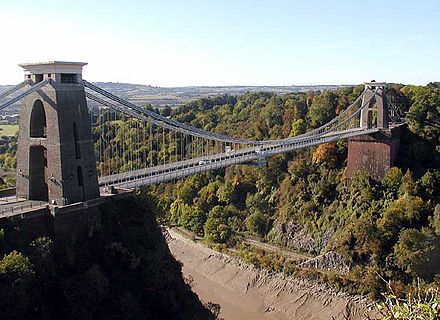A grade II-listed footbridge designed by civil engineer Isambard Kingdom Brunel, a steam train era relic and an abandoned mill feature among 175 historic sites newly-identified as at risk by Historic England. The three sites are part of Historic England’s Heritage at Risk Register for 2022, published yesterday. The Register gives an annual snapshot of the critical health of England’s most valued historic places and those most at risk of being lost as a result of neglect, decay or inappropriate development. Over the past year, 175 historic buildings and sites have been added to the Register because of their deteriorating condition. The footbridge, located in Bath, north of Sydney Gardens Road, is described as being in poor condition. It was designed 1840-41 by Brunel and forms part of works to the London to Bristol train line built 1836-41 which passed through Sydney Gardens. To date, it has had few alterations and is the last survivor of about 22 cast-iron bridges designed by Brunel for the original Great Western Railway. According to Historic England, the paint finish is no longer providing protection to the ironwork beneath with many areas of rust apparent.

Another New Entry on The List is a Coal Drops Facility, 110m east of Soho Engine Shed in Shildon.
County Durham. Brick and cast-iron coal drops were originally used to fill coal wagons with coal from local mines and for filling steam locomotive tenders Built 1846 for the pioneering and internationally influential Stockton & Darlington Railway, the Coal Drops have suffered from structural movement and the stonework is eroded and open-jointed. Historic England said that repairs are being carried out by Durham County Council, supported by a levelling-up grant. Meanwhile High Mill, located in Alston Moor, Cumbria, is also highlighted as being in poor condition. Built in 1767, the water-powered corn mill was extended and raised in height in 1775 and 1817, but it is currently vacant. It was designed by the 18th Century engineer John Smeaton and is attached to surrounding 20th Century foundry workshops via two link bridges. Empty for some time, the mill now has extensive vegetation growth in the gutters and to the stonework of the north elevation, according to Historic England. In addition, missing rainwater goods are leading to the saturation of the masonry and window frames are decaying. Discussions are ongoing regarding proposals for the future of the mill.

As Well as the 175 Historic Buildings and sites Added to The Register, 233 sites Have Been Saved and their Futures Secured.
Historic England said that many have been rescued thanks to the hard work and dedication of local communities. Charities, owners, local councils, and Historic England have worked together to see historic places restored, re-used, and brought back to life. These include two sections of Hadrian’s Wall, the “Dome of Home” at the entrance to the River Mersey, the museum which houses the original manuscript of Charles Dickens’ Great Expectations, and one of only two moving bridges on the River Thames. Historic England chief executive Duncan Wilson said: “As the threat of climate change grows, the reuse and sensitive upgrading of historic buildings and places becomes ever more important. Finding new uses for buildings and sites rescued from the Register avoids the high carbon emissions associated with demolishing structures and building new.”


Recent Comments